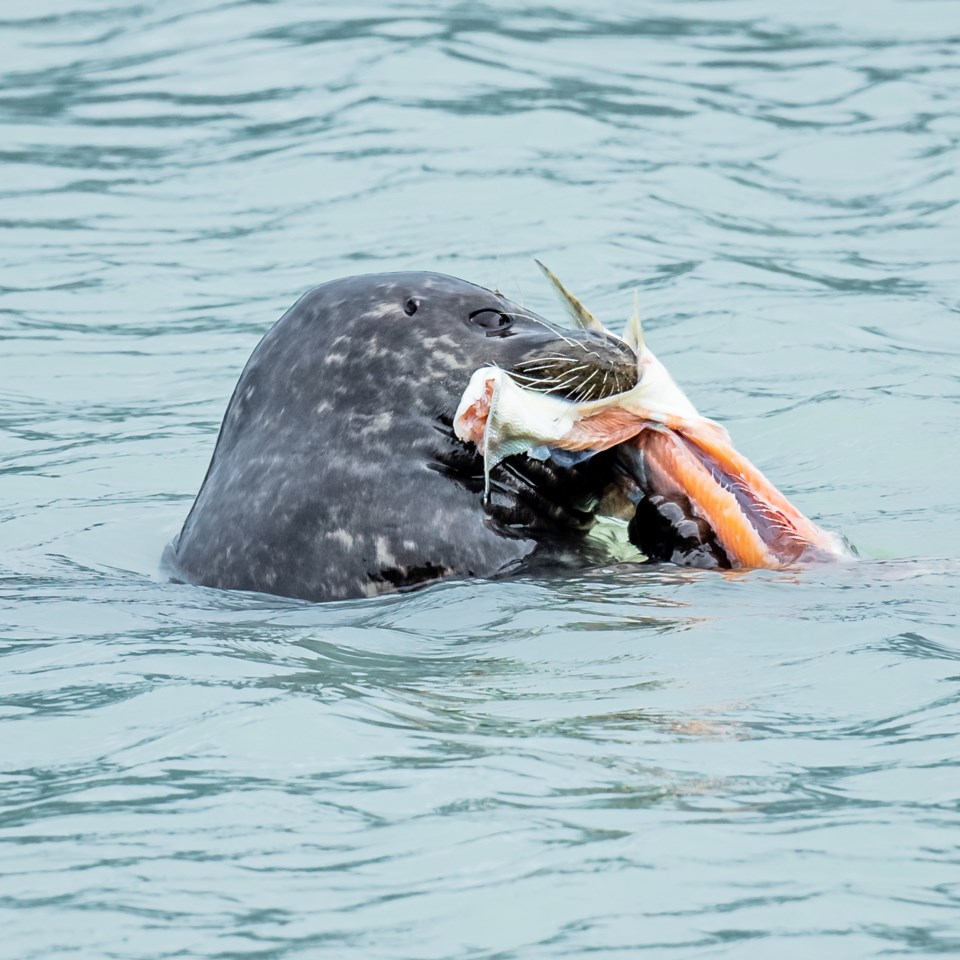Like Howe Sound itself, the 2020 report on its health offers much to explore.
Don’t let the word “report” make your eyes roll back in your head in anticipatory boredom.
Whether you like seeing orcas from the shore, know very little about the sound or are an avid boater or citizen scientist there’s something for everyone in this — er — fascinating document.
(And the pictures are pretty too!)
The recently released Ocean Watch Átl’ka7tsem/Txwnéwu7ts/Howe Sound Edition 2020 report is chockablock full of dinner-conversation worthy information on our fjord, and unlike many scientific reports, it is written at a high school level so is digestible for the average resident — and reporter.
It is an update to the 2017 report and delves into concerns, such as: our ever-increasing coastal development, pressure on outdoor recreation spaces, and an increase in sports fishing that is putting more pressure on some fish species.
It also highlights some positive changes over recent years such as the creation in 2019 of eight areas to protect glass sponge reefs; an increase in large whales in the sound and ongoing efforts to restore and transplant eelgrass, which is critical habitat.
It features some interesting tidbits too, that you can tell friends over beers by the campfire — while wearing masks of course — such as why harbour seals are important to Howe Sound: they are a primary food source for transient killer whales, which are threatened. And did you know that traditionally, Squamish Nation hunters harvested pinnipeds (which include 33 species of seals and sea lions)? They hunted seals and sea lions near Gibsons Landing on the Sunshine Coast and Bowen Island was an important sea lion hunting site.
First Nations hunted harbour seals and sea lions for their pelts, meat, and oil. Steller sea lion whiskers were used on traditional ceremonial garments, the report states.
[Unfortunately, the mammals aren’t actively managed by DFO, but they are protected under Marine Mammal Regulations in the Fisheries Act.]
Each Howe Sound characteristic is accompanied in the report by how climate change is impacting it and what individuals, government, and organizations can do to turn the ship around, so to speak.
For our friends the pinnipeds, climate change-caused sea-level rise could threaten their ‘haul-out areas’ where they rest, breed, and give birth to their pups, for example.
The report recommends individuals who see the animals in distress call the Ocean Wise Marine Mammal Rescue Centre: 1-604-258-7325 (SEAL). For the government, it recommends, among other things, creating more marine protected areas to shield them from human activities and other harm.
And the report is more than a good reading date.
The Ocean Watch report was taken from a lot of different groups and that makes it a comprehensive resource for local governments around the sound to turn to for information and guidance.
Well done all.


.png;w=120;h=80;mode=crop)
